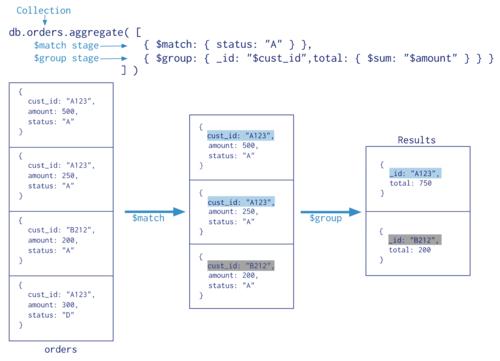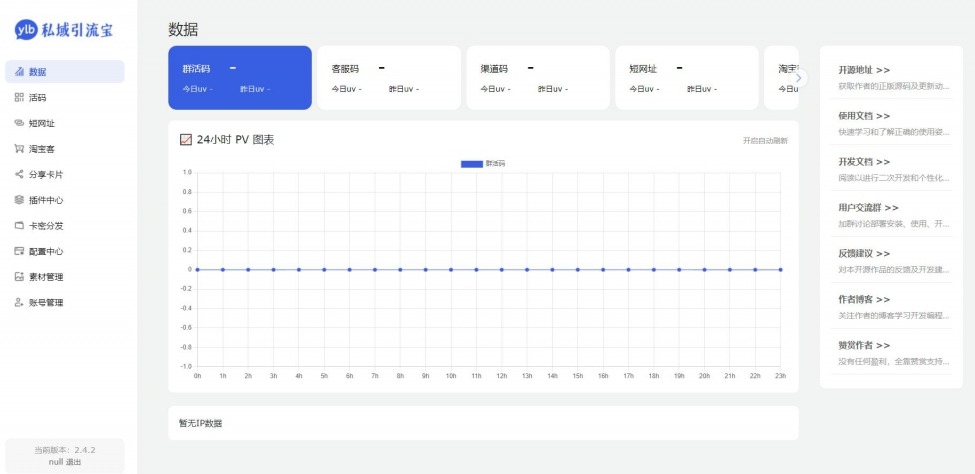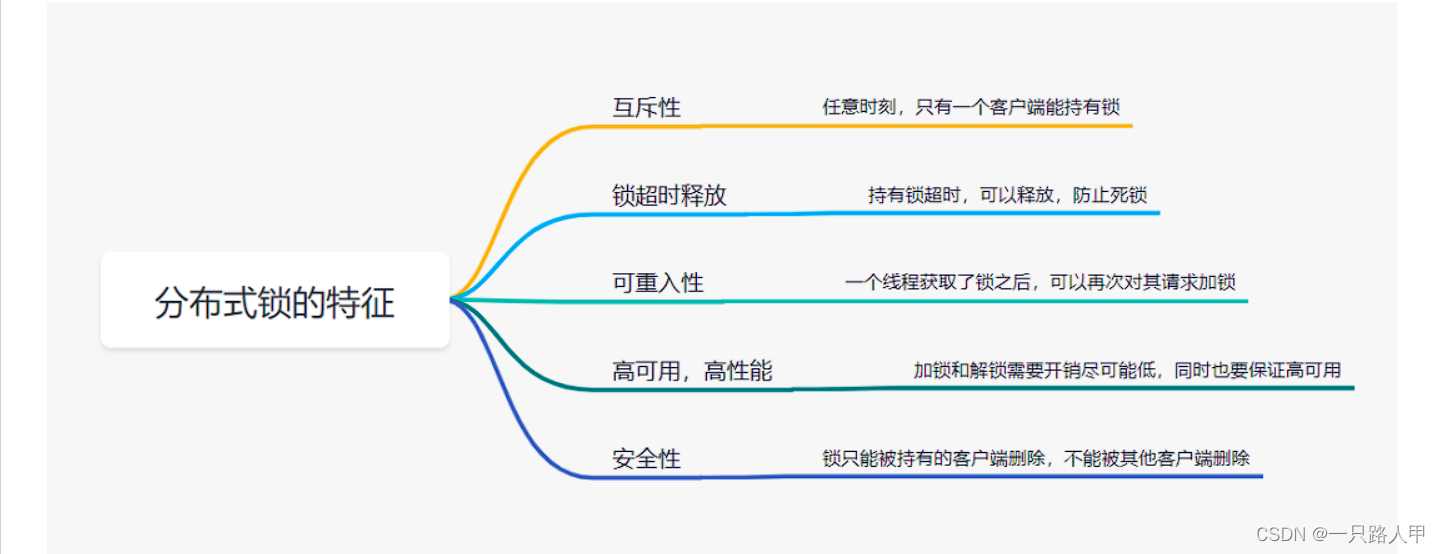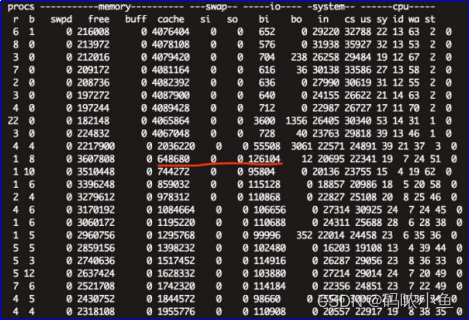前言
2023年3月17日,nnUnet迎来重大更新。紧接着不久,Facebook推出大一统多模态分割模型Segment Anything。喜忧参半,喜的是一直关注的医学图像分割仓库更新了,忧的是以后分割的赛道变了,小打小闹的堆模块水文章估计不行了,各种微雕大模型的工作会逐渐应用到医学图像分割领域。
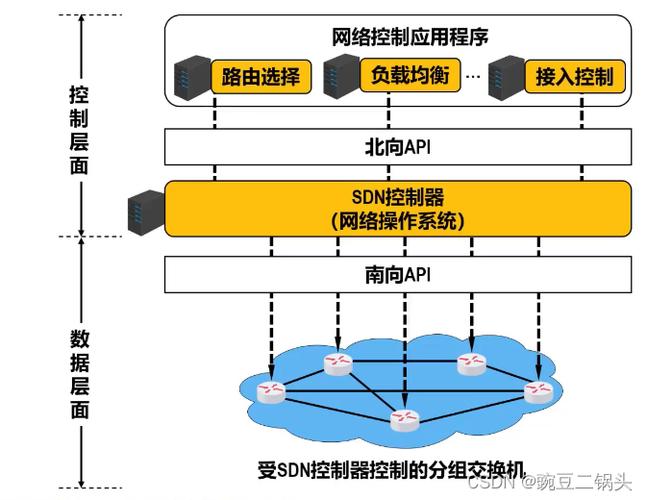
(图片来源网络,侵删)
闲话少说,回到本文的主题:怎么在新版nnUnetV2使用自定义网络。
基本知识
nnUnetV2默认使用深监督,意味着自定义网络输出应为一个列表形式。然而,在网络推理时,我们只需要最高分辨率的输出,不需要多层次输出。在nnUnetV2官方实现中,使用deep_supervision参数控制是否多层次输出。综上所述,自定义网络需要满足两个条件:
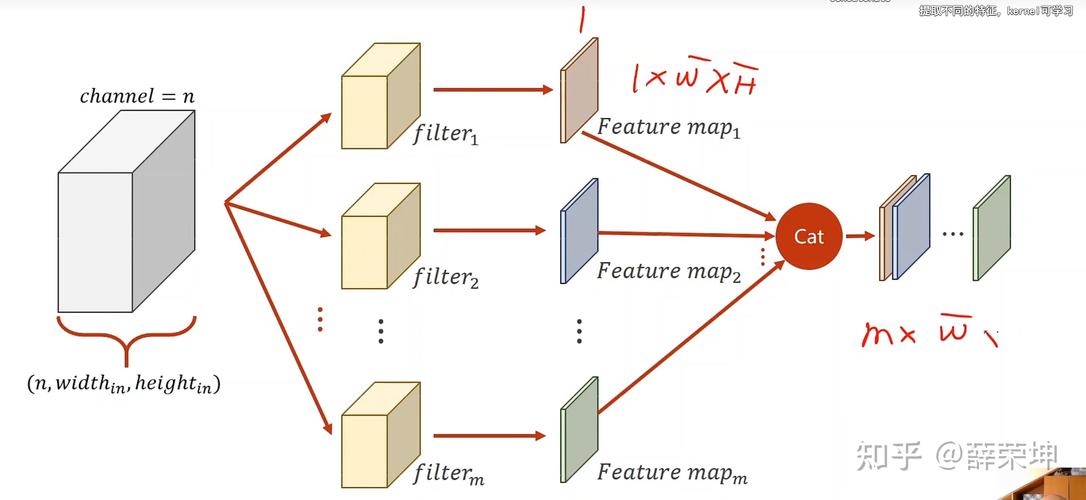
(图片来源网络,侵删)
-
支持多层次输出
-
使用变量deep_supervision控制输出类型
实战
这里提供一种对已有网络包装的方法,仅供参考
Pythonimport torch.nn as nn class custom_net(nn.Module): def __init__(self,): super(custom_net, self).__init__() self.deep_supervision = True # 使用你自己的网络 self.model = None def forward(self, x): output = self.model(x) if self.deep_supervision: return [output, ] else: return output将自定义网络嵌套进主框架。打开文件 nnunetv2/training/nnUNetTrainer/nnUNetTrainer.py
替换函数 build_network_architecture
Pythondef build_network_architecture(self, plans_manager: PlansManager, dataset_json, configuration_manager: ConfigurationManager, num_input_channels, enable_deep_supervision: bool = True) -> nn.Module: from dynamic_network_architectures.initialization.weight_init import InitWeights_He model = custom_net() model.apply(InitWeights_He(1e-2)) return model




